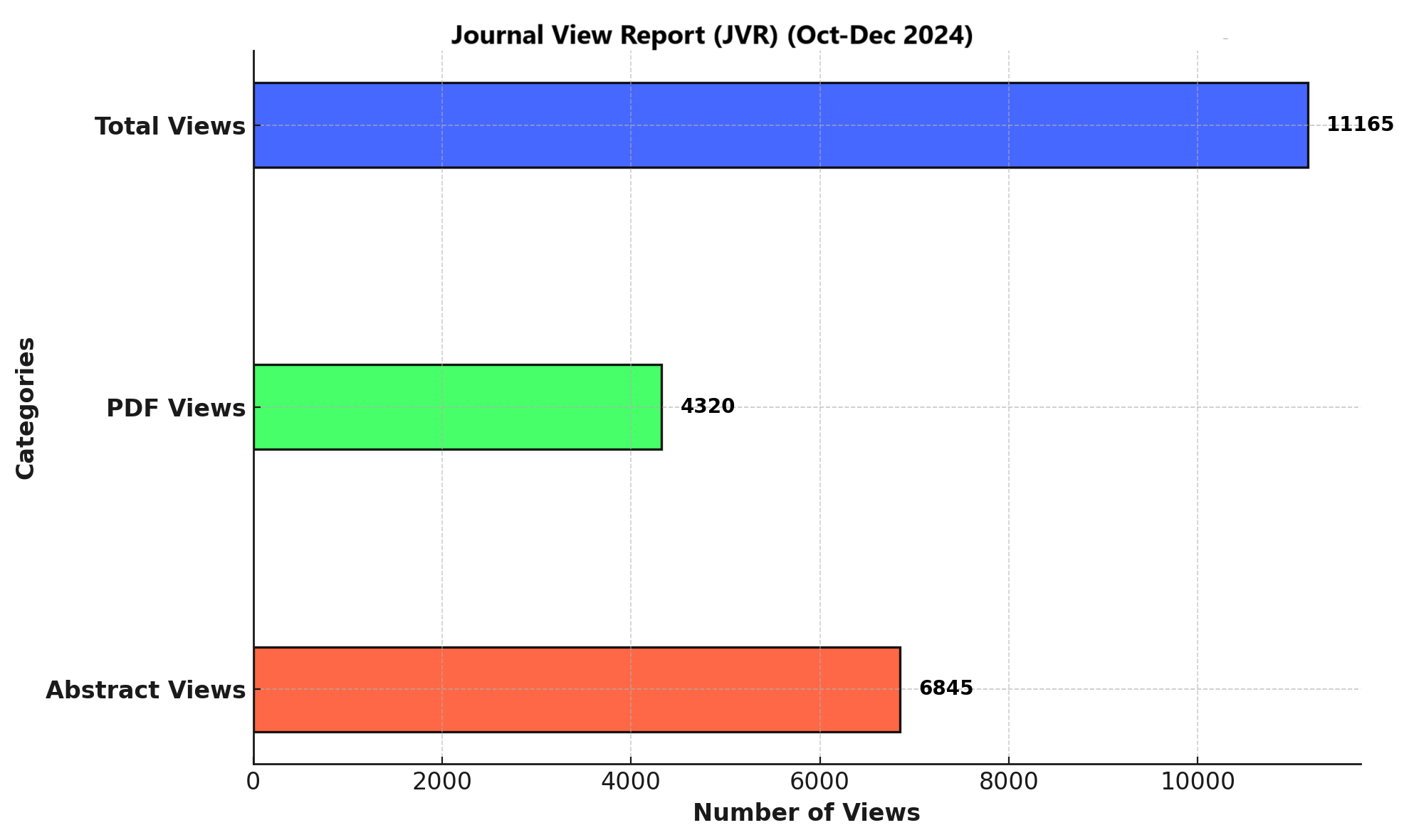PREVALENCE OF NEUROPHOBIA AND ITS ASSOCIATED RISK FACTOR AMONG PHYSICAL THERAPY STUDENTS IN PESHAWAR: A CROSS-SECTIONAL STUDY”
DOI:
https://doi.org/10.71000/ijhr210Keywords:
Anxiety, Clinical Competence, Fear, Neurology, Neurophobia, Physical Therapy, StudentsAbstract
Background: Neurology is widely regarded as a challenging field due to the intricate structure of the nervous system and the diversity of neurological disorders and symptoms. Neurophobia, defined as the fear or anxiety surrounding neurology, often arises from its perceived complexity and the challenges of diagnosing and managing neurological conditions. This phenomenon is frequently reported among medical and allied health students, potentially impacting their academic confidence and clinical performance.
Objective: To assess the prevalence of neurophobia and its associated risk factors among physical therapy students in Peshawar.
Methods: A cross-sectional survey was conducted using a validated neurophobia questionnaire developed by Schon et al., along with demographic information. The study included 324 physical therapy students, both male and female, selected conveniently from rehabilitation institutes in Peshawar. Data collection spanned six months, and responses were documented via face-to-face interviews. Statistical analysis was performed using SPSS version 23, with descriptive and inferential tests applied to determine associations between neurophobia and its risk factors.
Results: Out of 324 participants, 91.4% (n=296) reported experiencing neurophobia. Among them, 88.1% (n=261) were undergraduate students, with fourth-year students showing the highest prevalence, followed by fifth, third, and second-year students. Females were more commonly affected than males. A majority identified key factors contributing to neurophobia, including lack of exposure (70.4%, n=228), limited faculty support (54.7%, n=162), and fear of making mistakes (67.3%, n=218). However, no statistically significant associations were found between these factors and neurophobia (p>0.05). A significant association was observed between neurophobia and undergraduate students as well as rehabilitation institutes (p<0.05).
Conclusion: The study revealed a high prevalence of neurophobia among physical therapy students in Peshawar, particularly among undergraduates. The findings emphasize the need for targeted educational interventions to address this issue and improve student confidence in neurology.
Downloads
Published
Issue
Section
License
Copyright (c) 2024 Muhammad Atif, Shah Faisal Wazir, Syed Issam Ullah Jan , Nafeesa Taj, Aqsa Rehan, Anosha Tariq, Maria Naz (Author)

This work is licensed under a Creative Commons Attribution-NonCommercial-NoDerivatives 4.0 International License.







